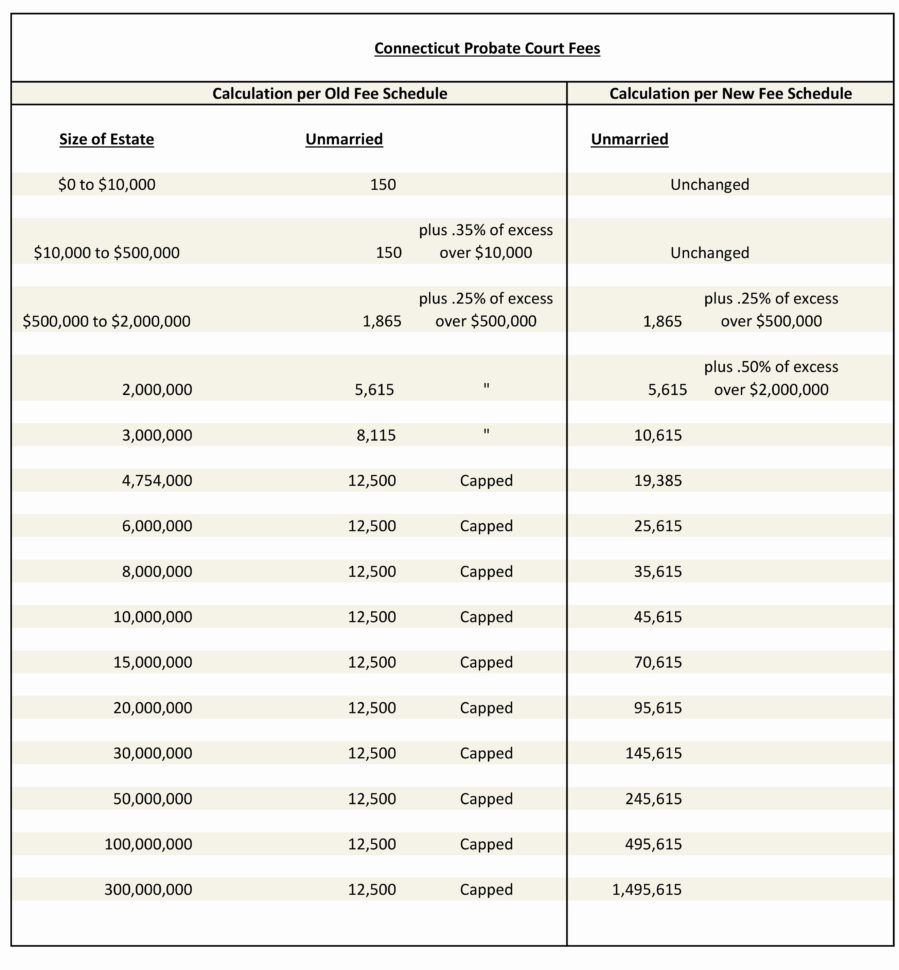

To see the results of test plan, add listener named “” by navigating to ‘Right click thread group -> Add -> Listener -> View Results Tree’. the API URL is ' Filled HTTP Request 2.3. I am using the rest api created for Spring boot hello world example. To add HTTP request details, navigate to ‘Right click thread group -> Add -> Sampler -> HTTP Request’.įill in the application URL details which we are going to test. Name the thread group and save it to any location in your workstation. Create Thread Group Optionįill in the values as per your requirements (or based on your assumptions, we can change them anytime in future). To create a thread group, navigate to ‘Right click Test Plan -> Add -> Threads -> Thread Group’. There are multiple listener available in jmeter to verify the testing results.

Listener – helps in viewing the result of the whole testing process.It is the application URL which you want to load test. HTTP Request – consist the HTTP request configuration which thread group will be invoking.It also help us in scheduling the delay between two threads, and any repetition of request batches. We can create any number of threads to put the desired load on the application. Thread Group – contains the simulation of multiple concurrent users.Suppose if you have multiple files and would like to read the account number, you can use the StringFromFile function.A useful test plan is created with minimum 3 components – If you would like to use some identification among thread groups to share the file, you can edit and mention the identifier e.g $įor larger files, it is recommended to use CSV Data Set Config or StringFromFile function. If the file needs to be opened separately for each TG, then select Current thread. If the file needs to be opened once for each TG, then select the Current thread group. To share the test data among all the threads (default), select All threads. If you would like to stop the thread on EOF, then mark it as Y. If you want to recycle the test data, then mark it as Y. If the test data has quoted data (“) then you can mark it as Yes. Usually this would be a comma, but you can use other delimiters such as \t etc. Else, JMeter consider the first line as the test data.

If you want to ignore the first line in the test data file, then mark this as Yes. The recommended practice is using the variables names in the file as a header. But follow the same conventions throughout your test suite to avoid confusion. You have to name the column either in the test data file or here. Relative or absolute path of the test data file. The following are the fields in CSV Data Set Config and its purpose. Now let us deep-dive into CSV Data Set Config. When you run your load test, usually the Loop Count should be infinite, so that the test plan will make use of all the test data from the file. If you expand each iteration response in the View Results Tree, you can see all your test data has been sent to the server. Loop Count) to 4 and execute the test plan. Smoke Test Run your test with multiple iterationsĬlick on Thread Group and increase the number of iterations (i.e. To add CSV Data Set Config, right-click on the appropriate element (usually it would be Test Plan or Thread Group) > Add > Config Element > CSV Data Set Config. The CSV Data Set Config element is way much easier than the functions. Apart from the config element, you can also leverage the functions such as _StringFromFile and _CSVRead. JMeter has a built-in config element to read the values from the files.
LEARN APACHE JMETER BY EXAMPLE HOW TO
Now, let us see how to adopt parameterization in JMeter. Solutions like Locust or k6 might leverage third party library for the advanced usage of reading values from CSV file. The behaviour could be changed based on which tool you are using for the load testing. txt or other valid formats.ĭifferent tools adopt different strategy, but on the high level, you store the data from a file and the tool will read it for you in a sequential order by default. The typical format of a data file is comma separated value. To send different or unique data, usually you store the test data in a flat file and associate them using the variable name. It is critical to use unique sets of data for any form of performance testing to measure the performance like a real world scenario. If you keep reusing the test data in a load test, data will be read from the cache layer instead from the disk.You may not be able to find the potential bottleneck(s) in your application or infrastructure. In the real world, each user is unique you cannot reuse the data while running the load test in a non-production environment. Data Parameterization helps to test your application under test using multiple sets of data.


 0 kommentar(er)
0 kommentar(er)
